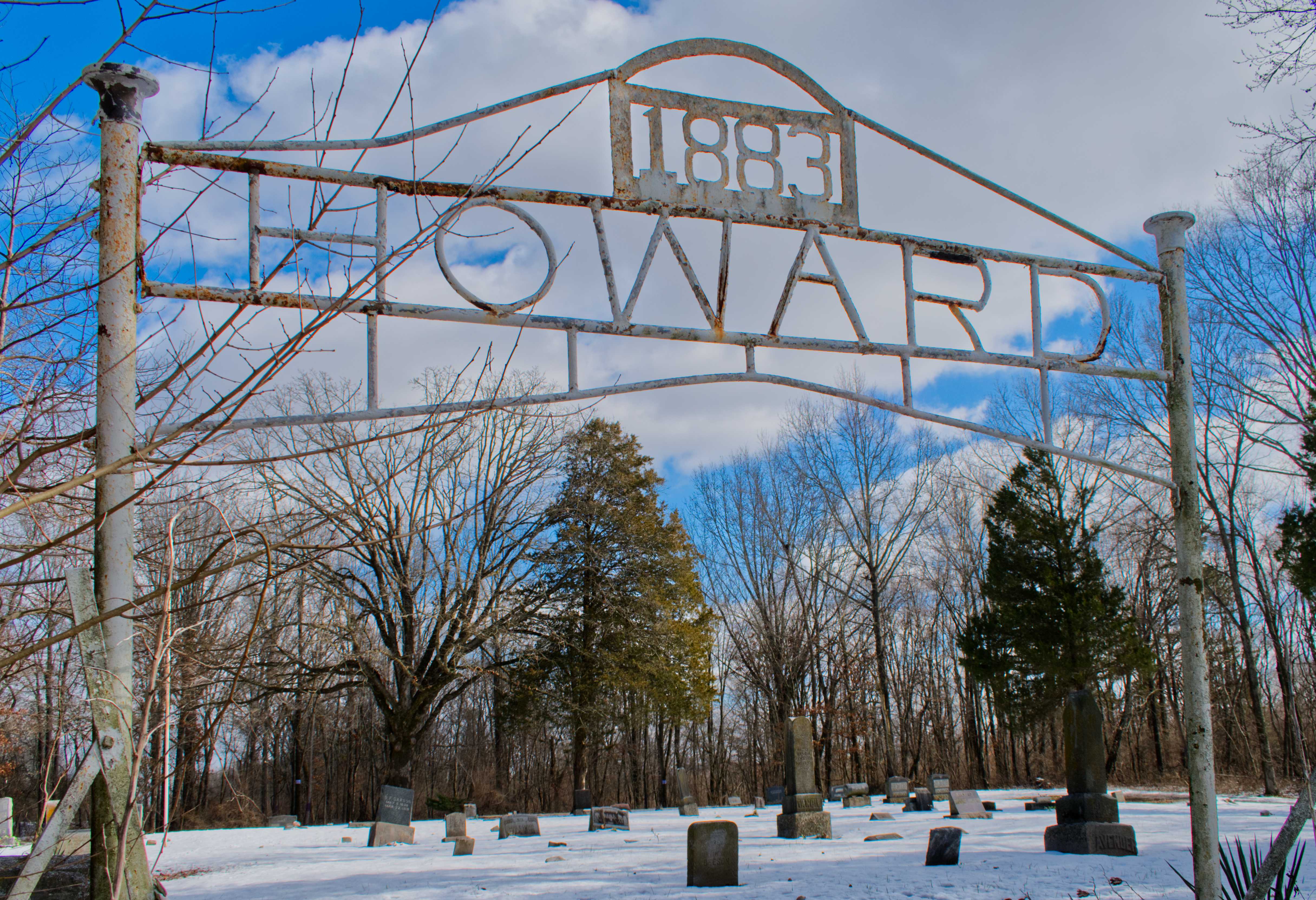
Editor’s Note: I shot the photographs and wrote this meditation for what I thought might be a photography journal column with the publication I currently work for. Unfortunately, I am paid to be a journalist and not to be an artist, which means I am supposed to be writing stories and taking photographs about artists and art as a journalist, not making my own art as an artist. I think that this post is art, if only one will allow it to move them to the aesthetic, philosophical, and theological realm of thought and feeling. And, for those inclined toward the mystical meaning of existence, perhaps this post even rises to the height of news–since, after all, the story and photographs are about interesting people.
Humans have been marking graves for at least the past 5000 years, beginning with the Celts and Romans. Since then this mysterious ritual has been observed in almost every culture throughout the world. From Buddhist Dharma Wheels figuring the eternal reality of the Now, to Christian Crosses signaling the Heavenly hereafter, gravestone makers help families memorialize their most precious beliefs and keep their loved ones’s memories alive.
One such place where the dead are remembered is Howard Cemetery, which was established on the farm of Abraham Howard in 1883 with the burial of his grandson, Thomas A. Howard, which I happened to find quite by accident.
I was out driving, letting the road and beautiful sights direct my steering wheel, when I decided to drive beyond Hurst into the country to look for a nostalgic subject—I was in a wistful frame of mind. I turned off the main road, because a sign indicated a cemetery was nearby. After about a quarter mile of gravel road, over a railroad crossing, past black cows munching hay, and coal mines all around, I pulled into a little secret and cozy cemetery nestled in the woods.

After an appropriate crossing and a few Ave Marias said for the faithful departed over whom I was about to trod, I reverently knelt in the icy snow blanket covering the cemetery grounds and got to work. All that could be heard was the crunching of the snow beneath me and the clicking of my camera.
What impressed me most was the tangible silence of the place. It was calming, mournful, and yet filled with what I can only call a moment filled with memory. Here were all these people beneath my feet who walked and talked over a hundred years ago and now were still and silent as the gave. And here I was remembering them with my camera. I read the names: Katie: His Wife, 1884; Peter: Lodge NO 715 K of P, 1851-1916; Esta: 1916, and so many more.
I can almost see Katie now in the kitchen: a devoted wife in a blue flower dress with a red apron, pulling corn muffins from the oven.
Or Peter, the jokester perhaps who alway knew where the best and coldest beer in town was, loyal as a hunting hound, hard but not cruel, wise in his own way, who lived a full but humble life.
Then there’s poor little Esta. She died before ever becoming a woman. Maybe she was like Beth March in Little Women, sweet and mild, and disposed to noble suffering and resigned to a brief candle of life.

The truth is, I don’t know who these people were, but I know that they were people just like me, with hopes and fears, joys and sorrows. Though I never knew them, I remember them all the same, and in doing so I remember that I shall join them when my brief hour here has ended and time becomes eternity.
